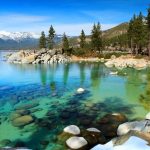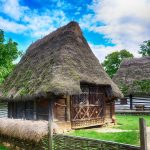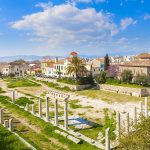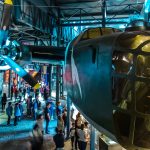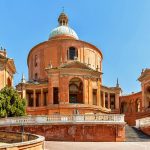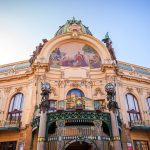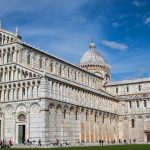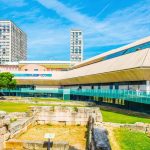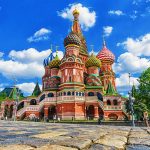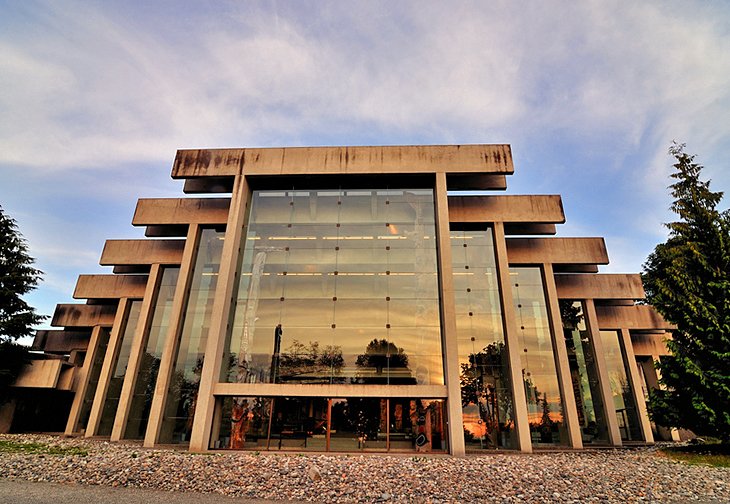
Vancouver Tourist Attractions
Vancouver, a bustling west coast seaport in British Columbia, is among Canada’s densest, most ethnically diverse cities. A popular filming location, it’s surrounded by mountains, and also has thriving art, theatre and music scenes. Vancouver Art Gallery is known for its works by regional artists, while the Museum of Anthropology houses preeminent First Nations collections.
Vancouver is one of the most ethnically and linguistically diverse cities in Canada: 49.3 percent of its residents are not native English speakers, 47.8 percent are native speakers of neither English nor French, and 54.5 percent of residents belong to visible minority groups. It has been consistently ranked one of the most livable cities in Canada and in the world. In terms of housing affordability, Vancouver is also one of the most expensive cities in Canada and in the world.
Vancouver plans to become the greenest city in the world. Vancouverism is the city’s urban planning design philosophy.
1.Stanley Park
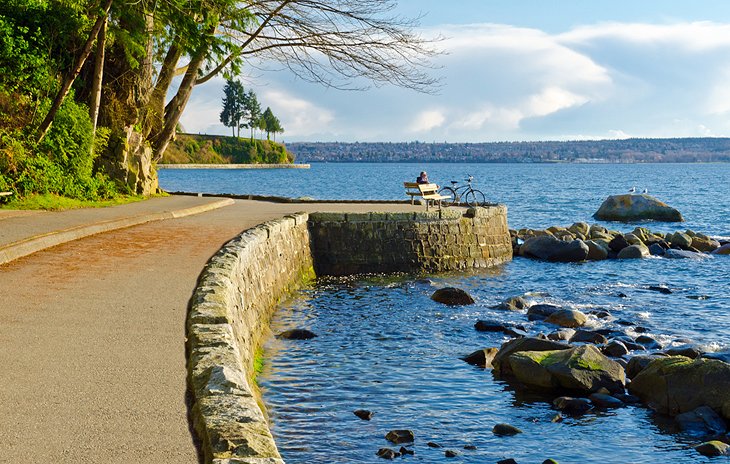
Stanley Park is a 405-hectare public park in British Columbia, Canada that makes up the northwestern half of Vancouver’s Downtown Peninsula, surrounded by waters of Burrard Inlet and English Bay.
Stanley Park is a lush peninsula of huge trees adjacent to Downtown Vancouver. If you are looking to get outside and enjoy some nature, this is the best place to visit in Vancouver. A paved seawall path encircles the green space and is a wonderful place to explore on foot or by bicycle.
Inland, the park offers many things to do, and you can spend a full day exploring attractions like the totem poles at Brockton Point or the Vancouver Aquarium. Spectacular views are a standard throughout the park either back towards the city or out to the ocean.
Unlike other large urban parks, Stanley Park is not the creation of a landscape architect, but rather the evolution of a forest and urban space over many years. Most of the manmade structures present in the park were built between 1911 and 1937 under the influence of then superintendent W.S. Rawlings. Additional attractions, such as a polar bear exhibit, aquarium, and a miniature train, were added in the post-war period.
2. Granville Island
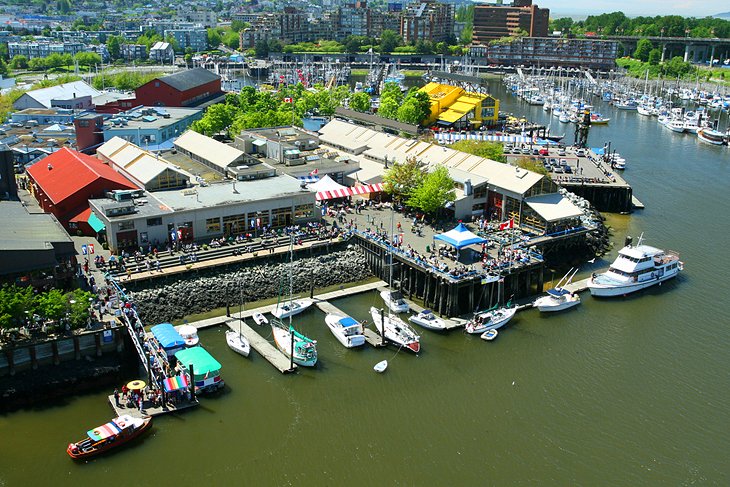
Granville Island is a peninsula and shopping district in the Fairview neighbourhood of Vancouver, British Columbia, Canada. It is located across False Creek from Downtown Vancouver under the south end of the Granville Street Bridge. The peninsula was an industrial manufacturing area in the 20th century.
Once mainly industrial, Granville Island is now a thriving center of activity with a relaxed and distinctive atmosphere. Artists and retailers have moved into converted warehouses alongside houseboats, theaters, galleries, and restaurants.
The Granville Island Public Market is one of the most popular attractions selling fruit and vegetables, seafood, and a great variety of other specialties as well as ready-to-eat items. Not truly an island, the arts hub is linked to residential areas by one road and footbridges to the south, and to the Downtown peninsula (across False Creek) by ferry.
Between 1998 and 2011, the Vancouver Downtown Historic Railway operated between Granville Island and Science World. The streetcar is now permanently shut down.
3.Ski Mountain

In both winter and summer, Grouse Mountain offers an unmatched panorama in clear weather. That’s especially so in the evenings when the city lights are on.
A gondola operates daily running from street level to the summit, where dining, activities, and wildlife await mountaintop explorers year-round.
When the snow flies, Grouse Mountain is a winter wonderland offering outdoor skating, snowshoeing, skiing, and snowboarding. The ski runs are not particularly difficult, and Grouse Mountain is a fun family outing. It’s also a great place to learn how to ski.
4.Vancouver Aquarium
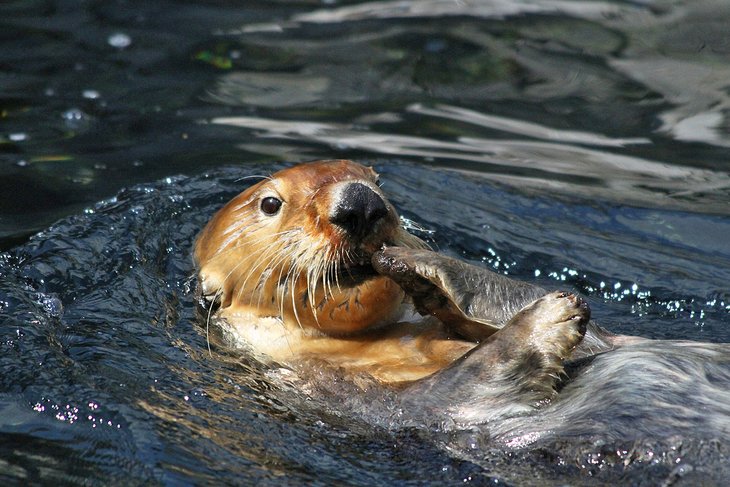
The Vancouver Aquarium is a public aquarium located in Stanley Park in Vancouver, British Columbia, Canada. In addition to being a major tourist attraction for Vancouver, the aquarium is a centre for marine research, ocean literacy education, climate activism, conservation and marine animal rehabilitation.
A trip with the family to Stanley Park for most folks would be incomplete without visiting the Vancouver Aquarium. This wonderful facility teaches young and old about the wonders of the ocean and how we can protect it.
Fun and entertaining experiences include a cold-water touch tank; a wildlife rescue area complete with a Burmese tortoise; Penguin Cove, full of cute creatures; and the non-stop action of the sea otters in their habitat. One thing not to miss is the 4D Theatre Experience with special seats, effects, and a large screen that make you feel you are part of what you are seeing.
The Vancouver Aquarium was one of the first facilities to incorporate professional naturalists into the galleries to interpret animal behaviours. Prior to this, at the London Zoo Fish House, naturalists James S. Bowerbank, Ray Lankester, David W. Mitchell and Philip H. Gosse (the creator of the word aquarium) had regularly held “open house” events, but the Vancouver Aquarium was the first to employ educational naturalists on a full-time basis. Aquarium research projects extend worldwide, and include marine mammal rescue and rehabilitation.
On August 9, 2010 Prime Minister Stephen Harper and B.C. Premier Gordon Campbell announced capital funding of up to $15 million. The province would donate $10 million in funding over the next three years to help pay for a planned expansion of the 54-year-old facility, Premier Gordon Campbell said. Harper added that Ottawa would hand over up to $5 million to the aquarium for infrastructure upgrades.The aquarium, however, remained nonprofit organization. The property is owned by the City of Vancouver and rented to the aquarium for $40,000 a year since 1991 (prior to which it was $1 per year).
5. Museum of Anthropology

Part of the University of British Columbia, the Museum of Anthropology deals with cultures from around the world, but places particular emphasis on British Columbia First Nations.
Exhibits display native art, including large totem poles in the Great Hall. Other presentations explore ethnographic and archaeological objects representing Asia, the South Pacific, the Americas, Africa, and Europe.
The interesting building was originally part of a WWII-era fort, and local architect Arthur Erickson transformed the spaces into this world-class museum.
Other attractions on the university campus include the clothing-optional shoreline of Wreck Beach, the natural-history-focused Beaty Biodiversity Museum, and the rambling UBC Botanical Garden with its many interesting plantings and delicate Nitobe Japanese Garden.
The Museum of Anthropology includes a number of large sculptures, totem poles, and cultural artifacts. Although MOA’s focus is on the First Nations of the Northwest Coast, the collection of close to 50,000 ethnological objects includes objects from all continents. The collections include contemporary works as well as historical objects. In addition to the ethnographic collections, MOA houses an archaeological collection of approximately 535,000 pieces. These are managed by UBC’s Laboratory of Archaeology. The museum also has a small wing dedicated to European ceramic art works collected by the late Walter Koerner.
The most iconic object in the museum is probably the yellow cedar sculpture The Raven and the First Men by Bill Reid, which was depicted on the Canadian twenty-dollar bill from 2004 to 2012 (the Canadian Journey Series). Other notable Bill Reid works include his Bear and Wasco (Sea Wolf) sculptures, some of his gold jewellery, and a prototype of the Haida dugout canoe he carved for Expo 86.
6.Kitsilano Beach
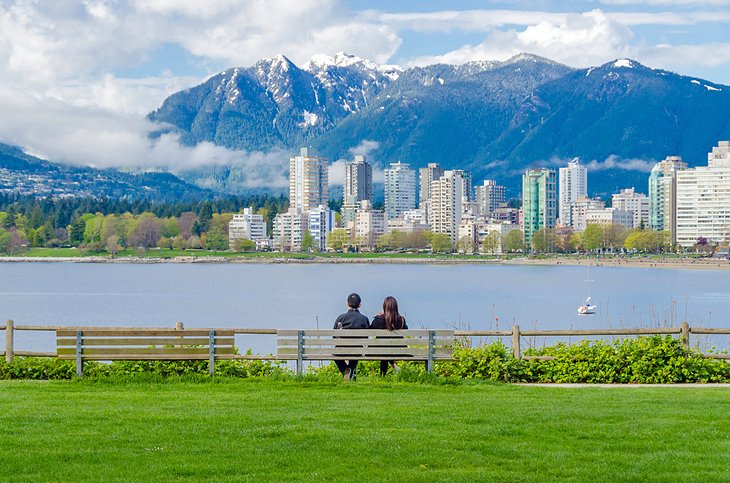
The sandy shoreline of Kitsilano Beach defines the laid-back, fun-loving Vancouver lifestyle. It’s a place locals hang out with friends or take a dip in the outdoor heated seawater swimming pool. The wide beach here is popular with sun bathers in the summer.
Views from Kitsilano over the city center are wonderful. In addition to the beach and oceanfront, the area has a number of cafés and walking trails, and a vibrant shopping strip lies a few blocks south on West Fourth Avenue.
A short stroll to the east of Kitsilano is Vanier Park, where you’ll find wide-open spaces and the Vancouver Maritime Museum. Catch a small Aquabus to downtown Vancouver or Granville Island from the docks located here.
Kitsilano Beach is one of the most popular beaches in Vancouver, especially in the warm summer months. Located at the north edge of the Kitsilano neighbourhood, the beach faces out onto English Bay.
7.Explore Gastown
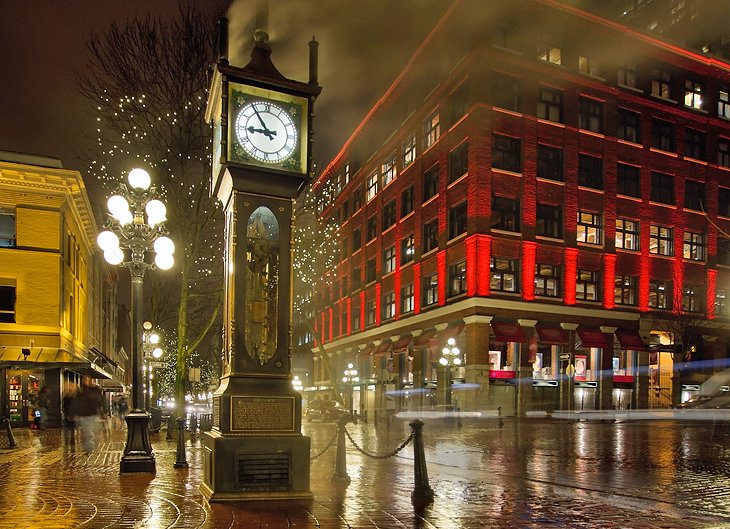
The oldest part of the city, Gastown is an area of restaurants, galleries, and shops set in carefully restored Victorian buildings. Heritage structures, cobblestone streets, and iron lampposts give the district its distinctive atmosphere. Gastown is a short walk from Canada Place.
Gastown came into existence in 1867 when a man called John Deighton arrived on the scene. Deighton had a habit of launching into lengthy stories and soon acquired the nickname “Gassy Jack.” As a result, the vicinity became known as “Gassy’s Town” or “Gastown.”
A statue of the proprietor now watches over the neighborhood in Maple Tree Square. Tourists stop for photos with Gassy Jack, and also love to visit the nearby Steam Clock, which puffs steam-powered chimes every 15 minutes.
